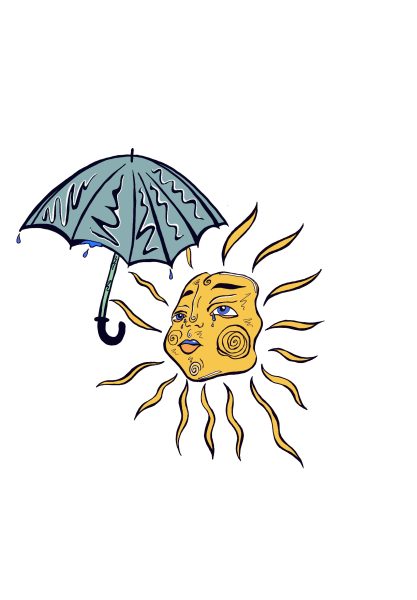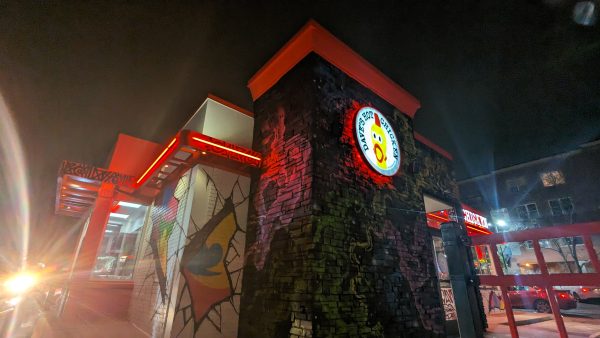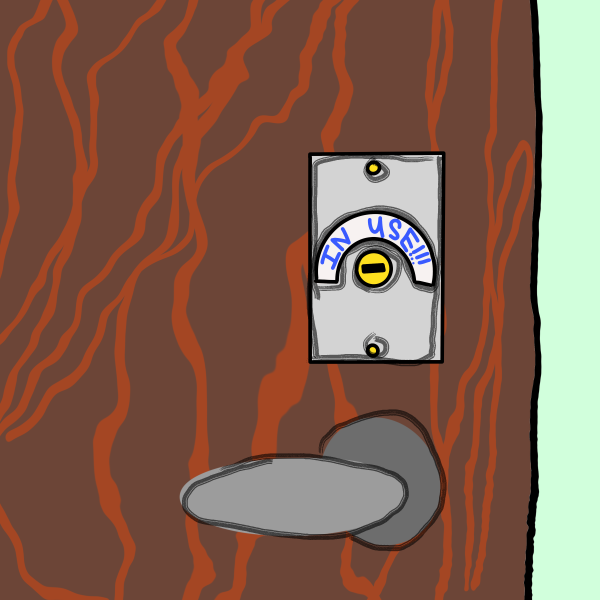The myth of the model minority
How the model minority myth is impeding honest discussions about racism against Asian Americans
April 14, 2021
In the past year, hate crimes against Asian Americans have skyrocketed, increasing by 149%. Many of these attacks have been on elders, and the majority of them, 68% according to a study done by Stop AAPI (Asian Americans and Pacific Islanders) Hate, have been on women.
It’s no coincidence that anti-Asian American hate crimes have increased over the course of the pandemic, especially considering the rhetoric of our former president.
Trump’s use of terms like ‘the China virus’ and ‘the Kung Flu’ legitimized anti-Asian sentiment, and is certainly responsible in part for the recent increase of hate crimes against AAPI people.
But attributing all the blame on the vernacular of Biden’s predecessor would be an oversimplification. The crackling embers of racism against Asian Americans have been here all along, and they’ve been primarily fueled by one thing; the model minority myth.
By now, most of us are probably familiar with the model minority myth and some of its pernicious effects, but in case someone’s been left out of the loop, I’ll take a moment to explain it.
The model minority myth operates on the assumption that Asians have played the American game and won. It paints all Asian Americans as hard working, industrious people whose children are mathematical and musical prodigies spurned to success by ‘Tiger moms.’ According to this myth, Asian Americans have transcended racial barriers through sheer work ethic, and now live politely and quietly among white America.
What makes this stereotype so difficult to talk about is the fact that it’s mostly positive in nature. Unlike racial stereotypes like the welfare queen that perpetuate negative attributes like laziness and manipulation, the model minority stereotype mostly features desirable traits; hard work, intelligence, industriousness, etc.
Finding negative counterexamples to a mostly positive stereotype has a completely different energy to finding positive counterexamples of negative stereotypes. This complicates things.
Like all racial stereotypes, however, the effects of the model minority stereotype are overwhelmingly and indisputably negative.
Stereotyping based on race is a bad idea in and of itself, especially with marginalized groups. Making generalizations like that removes individuality, further dehumanizing a group. It also ignores cultural differences; the term ‘Asian’— by which the model minority myth is understood — is an umbrella term that encompasses thousands of different cultural backgrounds.
Perhaps less obviously, the model minority myth makes it increasingly difficult to talk about the increasing anti-AAPI sentiment. It poses the question: if Asian Americans are so successful, how could there be widespread racism against them?
As we know, the model minority is a myth, and racism against AAPI people is proliferating. So how do we combat the myth?
An important part of deconstructing a stereotype is understanding its history. The model minority myth was constructed in the aftermath of the Japanese Internment during WWII as fuel for anti-Black sentiment. The depiction of Asian Americans as a racialized group that had still succeeded in America was used as a justification for the idea that Black America could simply ‘pull itself up by their bootstraps’ but simply chose not to.
This conflict can still be seen interrupting inter-racial solidarity today. Not only does it justify racist beliefs, but it also pits one marginalized group against another, shifting the focus away from the original oppressors.
The model minority myth is significantly hindering our ability as a society to talk about anti-Asian American racism. If we hope to fully understand the recent increase in hate crimes in order to prevent them in the future, we have to have some serious and honest conversations about it.





